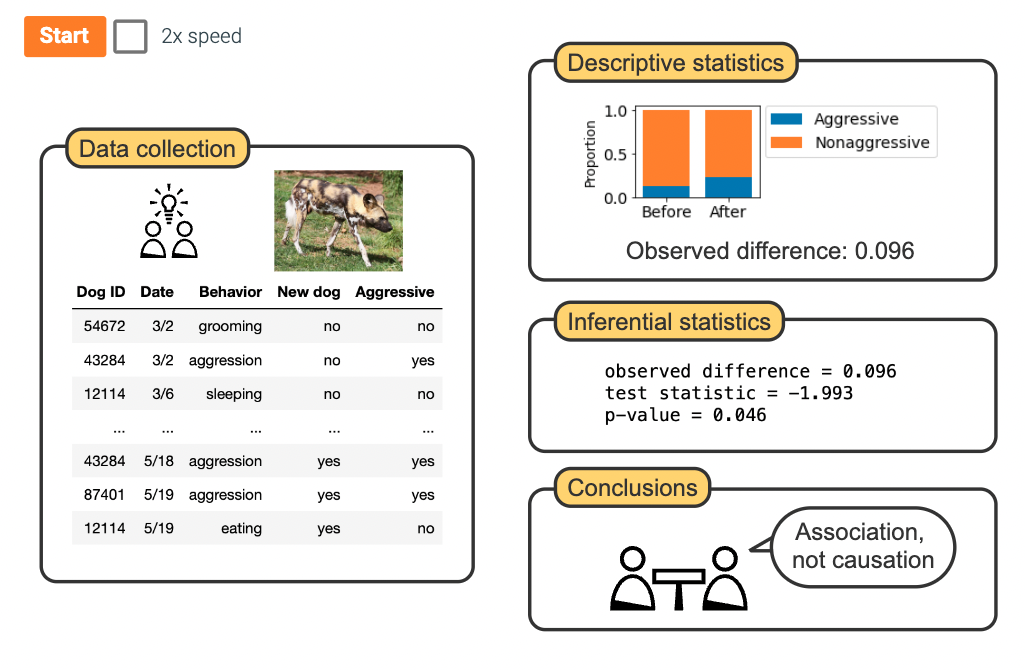heights = [5.5, 5.7, 5.8, 5.9]
avg_height = sum(heights) / len(heights)
print(f"Average Height: {avg_height:.2f}")Average Height: 5.72Statistics
Note
Bias - anything that leads to a systematic difference between the true parameters of a population and the statistics used to estimate those parameters. E.g., sampling only men.

heights = [5.5, 5.7, 5.8, 5.9]
avg_height = sum(heights) / len(heights)
print(f"Average Height: {avg_height:.2f}")Average Height: 5.72np.average(...) - finds the average
Tip
What function to get the median?

\[ \sigma^2 = Var(x) = \frac{\sum_{i=1}^{n} (x_i - \bar{x} )^2}{n-1} \]

array([6.624, 4.388, 4.472, 3.927, 5.865, 2.698, 6.745, 4.239, 5.319,
4.751, 6.462])How would I get the mean?
The variance?
Getting the quantile
Advanced statistics -> I recommend using the library scipy. This library is built on top of numpy but has more functionality.
Calculate the skewness
Calculate the kurtosis
Warning
This skewed distribution is not very good at demonstrating kurtosis.
DescribeResult(nobs=1000, minmax=(1.7616568032476234, 7.787361447950662), mean=5.053665979218166, variance=1.0126662448100565, skewness=-0.0026145821525120016, kurtosis=-0.06654059199852824)